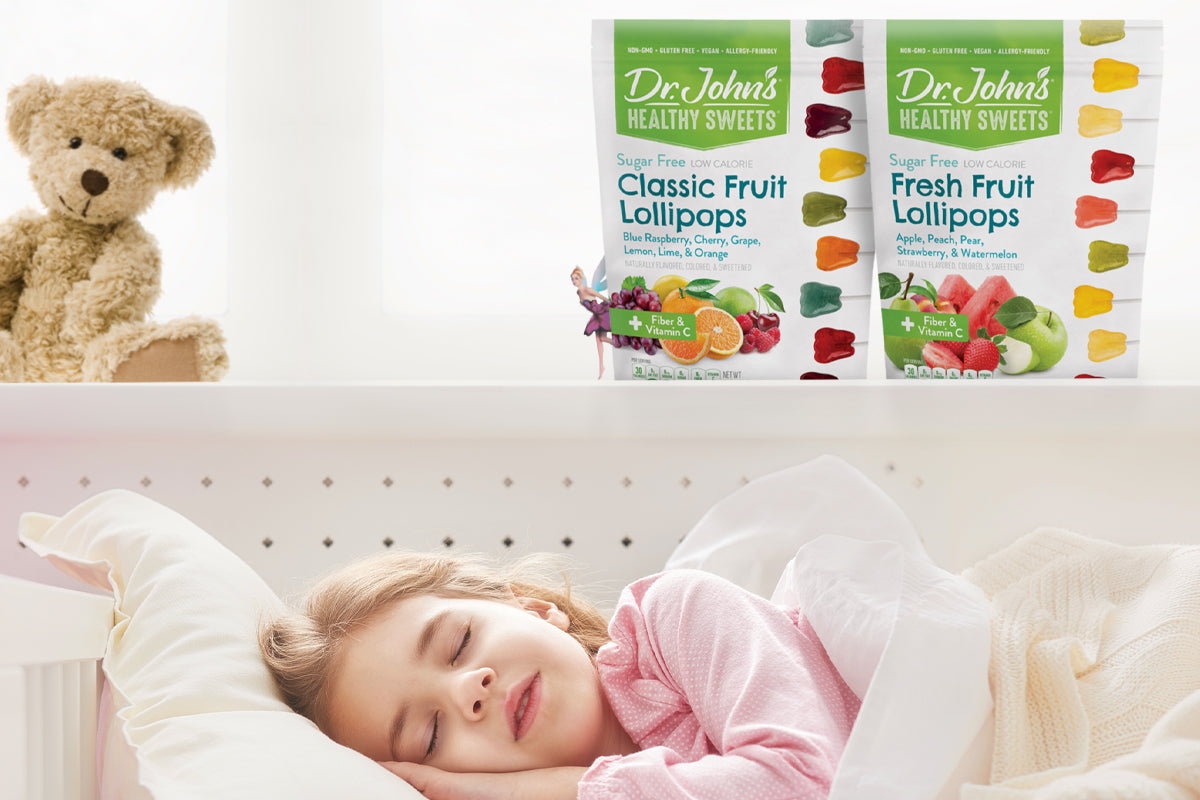
Article Detail
From professors in Europe studying the history of Santa Claus to the Brothers Grimm chronicling folklore of the Easter Bunny, we don’t quite know where the Tooth Fairy got her start. Even with various origins, we still celebrate National Tooth Fairy Day twice a year—February 28 and August 22. These days represent the American Dental Association’s recommendation of attending routine teeth examinations and cleanings twice a year. After all, the Tooth Fairy is happiest when teeth are their healthiest!
A Fairy’s History
There have been traces of tooth fairy lore that date back centuries to the Norse people of Europe. In this culture, it was a tradition to pay a “tand-fé” or “tooth fee” when a child lost their first tooth. Children’s teeth were thought to bring good luck in battle and some Northern European warriors wore children’s teeth around their necks. In some other cultures, it was considered necessary to burn the teeth or bury them for fear of witches taking power over the children.
As we all know today, the Tooth Fairy pays a visit and leaves a gift for children who leave their baby teeth under their pillow at night. The first published concept of a so-called “tooth fairy” was in 1908. An article in the Chicago Tribune gave advice for new parents to leave 5 cents under a pillow to comfort their kids if their loose teeth needed to be pulled. This publication ignited mainstream popular culture that has since been incorporated into family traditions. Now, parents are probably more accustomed to keeping the teeth hidden away to look back at in 20 years instead of adorning them as necklaces.
Teeth to Celebrate
According to USA Today, the national average the Tooth Fairy pays per tooth is $3.70. However, everyone knows that the Tooth Fairy doesn’t want to pay for decayed teeth! That’s why it’s important to take care of your teeth from the very beginning and why Dr. John’s is a great place to start. Kids love candy and instead of taking it away from them, why not replace it with the healthiest candies in the world?
Dr. John’s Healthy Sweets use all-natural ingredients with no artificial sweeteners, colors, or flavors. Our candies use plant-based sugar alternatives—erythritol and xylitol—that are proven to inhibit the growth of bacteria that promotes tooth decay. These low calorie and tooth-friendly treats will not only win over the kids, but should probably be left out for the Tooth Fairy too!
Make sure you give your teeth extra love when celebrating National Tooth Fairy Day with Dr. John’s Healthy Sweets.


